Home>diy>Building & Construction>What Are Specifications In Construction


Building & Construction
What Are Specifications In Construction
Modified: December 12, 2023
Learn about the importance of specifications in building construction and how they ensure quality and compliance. Understand the role of specifications in construction projects.
(Many of the links in this article redirect to a specific reviewed product. Your purchase of these products through affiliate links helps to generate commission for Storables.com, at no extra cost. Learn more)
**
Introduction
**
Welcome to the complex and fascinating world of construction! Every building, bridge, or structure you see around you is the result of meticulous planning, precise execution, and adherence to specific standards. One of the fundamental elements that govern the construction process is specifications. In this article, we will delve into the significance of specifications in the construction industry, explore the various types and components of specifications, and understand their pivotal role in ensuring the successful completion of construction projects.
Specifications in construction serve as the blueprint for the entire project, providing detailed descriptions of materials, workmanship, and standards that must be adhered to during construction. These specifications are essential for ensuring that the final structure meets the desired quality, safety, and functionality standards. Let's embark on a journey to unravel the intricacies of specifications in construction and gain a deeper understanding of their indispensable role in shaping the built environment.
**
Key Takeaways:
- Specifications in construction are like detailed blueprints that ensure buildings are safe, durable, and high-quality. They guide every step of the construction process, from materials to design, and play a crucial role in creating the world around us.
- There are different types of specifications, each with its own purpose. They help construction professionals communicate project requirements clearly, ensuring everyone involved understands what needs to be done to create a successful building or structure.
Read more: What Is Pre-Construction In Construction
Importance of Specifications
**
Specifications play a pivotal role in the construction industry, serving as a comprehensive guide that outlines the requirements, standards, and expectations for a construction project. The importance of specifications cannot be overstated, as they encompass numerous critical aspects that directly impact the quality, safety, and success of the construction endeavor.
First and foremost, specifications provide clarity and precision. By detailing the exact materials, dimensions, and quality standards required for the project, specifications eliminate ambiguity and ensure that all stakeholders, including architects, engineers, contractors, and suppliers, are aligned on the project’s requirements. This clarity minimizes the potential for misunderstandings or discrepancies, thereby fostering a cohesive and harmonious construction process.
Furthermore, specifications serve as a benchmark for quality and performance. By delineating the specific standards that materials and workmanship must meet, specifications establish a clear framework for evaluating the adequacy and suitability of construction elements. This not only safeguards the structural integrity of the final product but also enhances its durability, functionality, and overall performance.
Additionally, specifications contribute to cost control and budget management. By specifying the exact materials and quantities required, as well as the quality standards to be met, specifications enable accurate cost estimation and budgeting. This proactive approach helps prevent cost overruns, material wastage, and the use of substandard alternatives, thereby promoting financial prudence throughout the construction process.
Moreover, specifications are instrumental in ensuring compliance with regulatory requirements and industry standards. By incorporating relevant building codes, safety regulations, and industry best practices, specifications serve as a mechanism for upholding legal and ethical standards in construction. This adherence to regulations not only mitigates potential legal liabilities but also prioritizes the safety and welfare of occupants and users of the built environment.
Lastly, specifications contribute to the realization of design intent. By aligning the construction details with the architect’s and client’s vision, specifications facilitate the faithful translation of design concepts into tangible structures. This alignment is crucial for achieving architectural integrity, aesthetic coherence, and the fulfillment of the client’s expectations.
In essence, specifications are the cornerstone of construction projects, guiding every aspect from material selection to execution and ultimately shaping the built environment. Their importance lies in their ability to foster clarity, quality, cost-effectiveness, compliance, and design fidelity, thereby underpinning the success and sustainability of construction endeavors.
**
Types of Specifications
**
Specifications in construction can be classified into several distinct types, each serving a specific purpose and addressing unique aspects of the construction process. Understanding these types is essential for effectively communicating the requirements of a construction project and ensuring that all stakeholders are aligned on the project’s specifications.
1. Performance Specifications: This type of specification focuses on the functional requirements and performance standards that the completed structure must meet. Rather than prescribing specific materials or methods, performance specifications outline the desired outcomes, allowing contractors and suppliers the flexibility to propose innovative solutions that fulfill the performance criteria. Performance specifications are particularly suitable for complex or specialized projects where a degree of technical expertise and creativity is required to achieve the desired performance.
2. Prescriptive Specifications: In contrast to performance specifications, prescriptive specifications provide explicit details regarding the materials, methods, and standards that must be adhered to during construction. These specifications leave little room for interpretation and are characterized by their specificity. Prescriptive specifications are commonly used for standard or routine construction projects where the requirements are well-established, and a clear, direct approach is preferred.
3. Proprietary Specifications: This type of specification specifies particular products, materials, or systems by brand name or trade name. Proprietary specifications may be utilized when a specific product or material is essential for achieving the desired performance, compatibility, or aesthetic outcome. While proprietary specifications offer precision and assurance of product performance, they can limit competition and may necessitate thorough evaluation to ensure compliance with project objectives.
4. Reference Standard Specifications: Reference standard specifications incorporate established industry standards, codes, or regulations as the basis for the project’s requirements. By referencing recognized standards, such as building codes, material specifications, or testing protocols, these specifications ensure compliance with prevailing industry benchmarks and regulatory mandates. Reference standard specifications provide a framework for consistent quality and safety across construction projects.
5. Descriptive Specifications: Descriptive specifications provide detailed descriptions of the required materials, workmanship, and quality standards without mandating specific products or methods. This type of specification allows for flexibility and encourages innovation while maintaining a clear delineation of the project’s requirements. Descriptive specifications are often employed when the project’s needs are best communicated through detailed descriptions rather than rigid prescriptions.
Understanding the nuances of these specification types empowers construction professionals to select the most appropriate approach for communicating the project’s requirements, thereby fostering clarity, precision, and alignment among all stakeholders involved in the construction process.
**
Components of Specifications
**
Specifications in construction encompass a comprehensive set of components that collectively define the requirements, standards, and expectations for a construction project. These components serve as the building blocks of specifications, providing detailed guidance on materials, workmanship, installation methods, and quality assurance measures. Understanding the key components of specifications is essential for effectively communicating the project’s needs and ensuring adherence to established standards.
1. General Requirements: The general requirements section of specifications provides an overview of the project, including administrative details, legal considerations, and procedural guidelines. This section may encompass information on bidding procedures, contract terms, project coordination, and regulatory compliance, setting the framework for the subsequent detailed specifications.
2. Materials and Products: This component details the specific materials, products, and equipment to be used in the construction project. It includes comprehensive descriptions of each material, including quality standards, performance criteria, sources of supply, and testing requirements. Material specifications ensure that the project utilizes suitable, durable, and compatible materials that align with the project’s design and performance objectives.
3. Execution and Workmanship: The execution and workmanship section outlines the standards and procedures for installing, constructing, and finishing various elements of the project. It encompasses details related to construction techniques, craftsmanship expectations, tolerances, and quality control measures. This component ensures that the construction process adheres to industry best practices and achieves the desired level of precision and finish.
4. Testing and Quality Control: Specifications include provisions for testing and quality control to verify the compliance of materials and workmanship with the specified requirements. This component outlines the testing methods, frequency of inspections, acceptance criteria, and corrective measures in the event of non-compliance. Testing and quality control measures are essential for validating the integrity, performance, and safety of the constructed elements.
5. Safety and Regulatory Compliance: Ensuring the safety of the construction site and compliance with relevant regulations is a critical component of specifications. This section addresses safety protocols, environmental considerations, regulatory requirements, and industry standards related to occupational health and safety. By incorporating safety and regulatory compliance measures, specifications prioritize the well-being of workers, occupants, and the surrounding environment.
6. Special Considerations and Conditions: Certain projects may necessitate specifications for unique or specialized elements, such as historic preservation requirements, sustainable construction practices, or specific site conditions. This component accommodates the delineation of project-specific considerations, ensuring that the specifications address the distinct needs and challenges of the construction endeavor.
By integrating these components, specifications provide a comprehensive framework for guiding the selection, installation, and verification of materials and workmanship, thereby contributing to the successful realization of construction projects while upholding quality, safety, and regulatory compliance.
**
When writing specifications for construction, be clear and detailed about the materials, dimensions, and quality standards required for the project. This will help ensure that the work is completed to the desired standards.
Writing Specifications
**
Composing clear, precise, and comprehensive specifications is a fundamental aspect of the construction process, as it lays the groundwork for successful project execution. Effective specification writing demands attention to detail, technical proficiency, and an understanding of industry standards. Here are key considerations for crafting well-structured and informative specifications:
1. Clarity and Precision: Specifications should be unambiguous and clearly articulated, leaving no room for misinterpretation. Utilize concise language, avoid jargon, and provide explicit details to convey the project’s requirements with precision.
2. Standardization: Adhere to established industry standards, building codes, and regulatory requirements when formulating specifications. Consistency with prevailing standards ensures compliance and facilitates seamless integration with broader construction protocols.
3. Detail Orientation: Thoroughly delineate the materials, workmanship standards, installation methods, and quality control measures to provide a comprehensive understanding of the project’s requirements. Attention to detail is crucial for minimizing discrepancies and ensuring adherence to specifications.
4. Flexibility and Innovation: Balance specificity with flexibility to allow for innovative solutions and alternative materials or methods that meet the project’s performance criteria. Encouraging innovation within the framework of specifications can foster creative problem-solving and optimization of construction processes.
5. Collaborative Input: Engage relevant stakeholders, including architects, engineers, contractors, and suppliers, in the specification development process. Collaborative input ensures that diverse perspectives and expertise are integrated, leading to comprehensive and well-informed specifications.
6. Adaptability: Anticipate potential changes or unforeseen circumstances during the construction process and incorporate provisions for adaptability within the specifications. Flexibility in specifications can facilitate responsive decision-making and mitigate disruptions due to evolving project needs.
7. Quality Assurance: Integrate quality control measures, testing protocols, and acceptance criteria to uphold the standard of materials and workmanship. Quality assurance provisions are essential for verifying compliance and ensuring the durability and performance of the constructed elements.
8. Regulatory Compliance: Address safety protocols, environmental considerations, and regulatory mandates within the specifications to uphold legal and ethical standards. Compliance with regulations safeguards the well-being of workers, occupants, and the broader community.
9. Accessibility and Distribution: Ensure that specifications are readily accessible to all relevant parties and are distributed in a timely manner. Open communication and accessibility of specifications foster transparency and facilitate informed decision-making throughout the construction process.
By adhering to these principles and best practices, construction professionals can craft specifications that serve as a reliable roadmap for the successful execution of construction projects, promoting clarity, quality, compliance, and collaborative engagement.
**
Read more: What Is Construction
Role of Specifications in Construction
**
Specifications play a multifaceted and indispensable role in every phase of the construction process, exerting a profound impact on the quality, efficiency, and ultimate success of construction projects. Their influence permeates various aspects of construction, shaping the trajectory of the project from inception to completion and beyond.
Guiding Precision and Consistency: Specifications serve as a definitive guide for the selection, installation, and verification of materials and workmanship. By providing clear standards and requirements, specifications ensure precision and consistency in the execution of construction elements, mitigating the potential for errors and discrepancies.
Quality Assurance and Compliance: Specifications establish the benchmarks for material quality, performance standards, and regulatory compliance. They serve as a mechanism for upholding the integrity and safety of the constructed environment, facilitating rigorous quality assurance measures and ensuring adherence to legal and ethical standards.
Clarity and Communication: Specifications act as a means of transparent and effective communication among all stakeholders involved in the construction process. They provide a common reference point, fostering alignment and understanding among architects, engineers, contractors, suppliers, and regulatory authorities, thereby minimizing misunderstandings and fostering collaborative engagement.
Cost Control and Budget Management: Specifications contribute to prudent cost estimation, budgeting, and resource allocation. By detailing the required materials, quantities, and quality standards, specifications enable accurate cost projections and prevent cost overruns, material wastage, and the use of substandard alternatives, thereby promoting financial discipline.
Risk Mitigation and Conflict Resolution: Specifications serve as a proactive tool for risk identification and mitigation, preempting potential conflicts or deficiencies in materials and workmanship. By clearly delineating the project’s requirements, specifications reduce the likelihood of disputes, delays, and rework, fostering a harmonious and efficient construction process.
Facilitating Innovation and Adaptability: While maintaining adherence to standards, specifications can accommodate flexibility and innovation, allowing for creative problem-solving and the incorporation of alternative materials or methods that meet the project’s performance criteria. This adaptability fosters a culture of continuous improvement and responsiveness to evolving project needs.
Legal and Ethical Compliance: Specifications ensure that construction activities align with legal mandates, building codes, safety regulations, and industry best practices. By upholding legal and ethical standards, specifications prioritize the safety, welfare, and rights of all individuals impacted by the construction process, including workers, occupants, and the broader community.
Legacy of Sustainability and Durability: Specifications influence the long-term sustainability and durability of constructed structures by guiding the selection of resilient, energy-efficient materials and construction techniques. Their influence extends beyond project completion, shaping the environmental impact and longevity of the built environment.
In essence, specifications are the linchpin of construction projects, orchestrating a symphony of precision, quality, collaboration, and compliance that culminates in the creation of enduring, functional, and safe built environments.
**
Conclusion
**
Specifications stand as the bedrock of the construction industry, embodying the meticulous attention to detail, technical expertise, and unwavering commitment to quality that underpin every successful construction project. As we conclude our exploration of specifications in construction, it becomes abundantly clear that their influence reverberates throughout the entire construction ecosystem, shaping the trajectory of projects and ensuring the realization of safe, durable, and exemplary built environments.
From their role in providing clarity, precision, and consistency to their function as guardians of quality, compliance, and cost-effectiveness, specifications embody the aspirations and exacting standards of the construction profession. They are not merely documents; they are the embodiment of a collective commitment to excellence, safety, and sustainability.
Specifications are the silent architects of the built environment, guiding the hands and minds of construction professionals toward the creation of structures that endure the test of time and serve the needs of generations. Their influence extends beyond the confines of construction sites, shaping communities, economies, and the very fabric of society.
As we reflect on the pivotal role of specifications, we recognize that they are not static blueprints but living documents that evolve in response to innovation, regulation, and the ever-changing needs of society. Their adaptability and foresight enable the construction industry to embrace new technologies, sustainable practices, and resilient solutions, ensuring that the legacy of construction is one of progress and stewardship.
In closing, specifications are the unassuming heroes of construction, quietly but resolutely guiding the industry toward higher standards, greater efficiency, and enduring impact. They embody the ethos of construction, encapsulating the marriage of art and science, vision and precision, and creativity and discipline. With each line, each clause, and each specification, the construction industry reaffirms its commitment to building a better, safer, and more sustainable world for all.
Let us continue to honor the role of specifications in construction, recognizing them as the silent sentinels of progress, the custodians of quality, and the architects of a future built on the solid foundation of excellence.
Frequently Asked Questions about What Are Specifications In Construction
Was this page helpful?
At Storables.com, we guarantee accurate and reliable information. Our content, validated by Expert Board Contributors, is crafted following stringent Editorial Policies. We're committed to providing you with well-researched, expert-backed insights for all your informational needs.
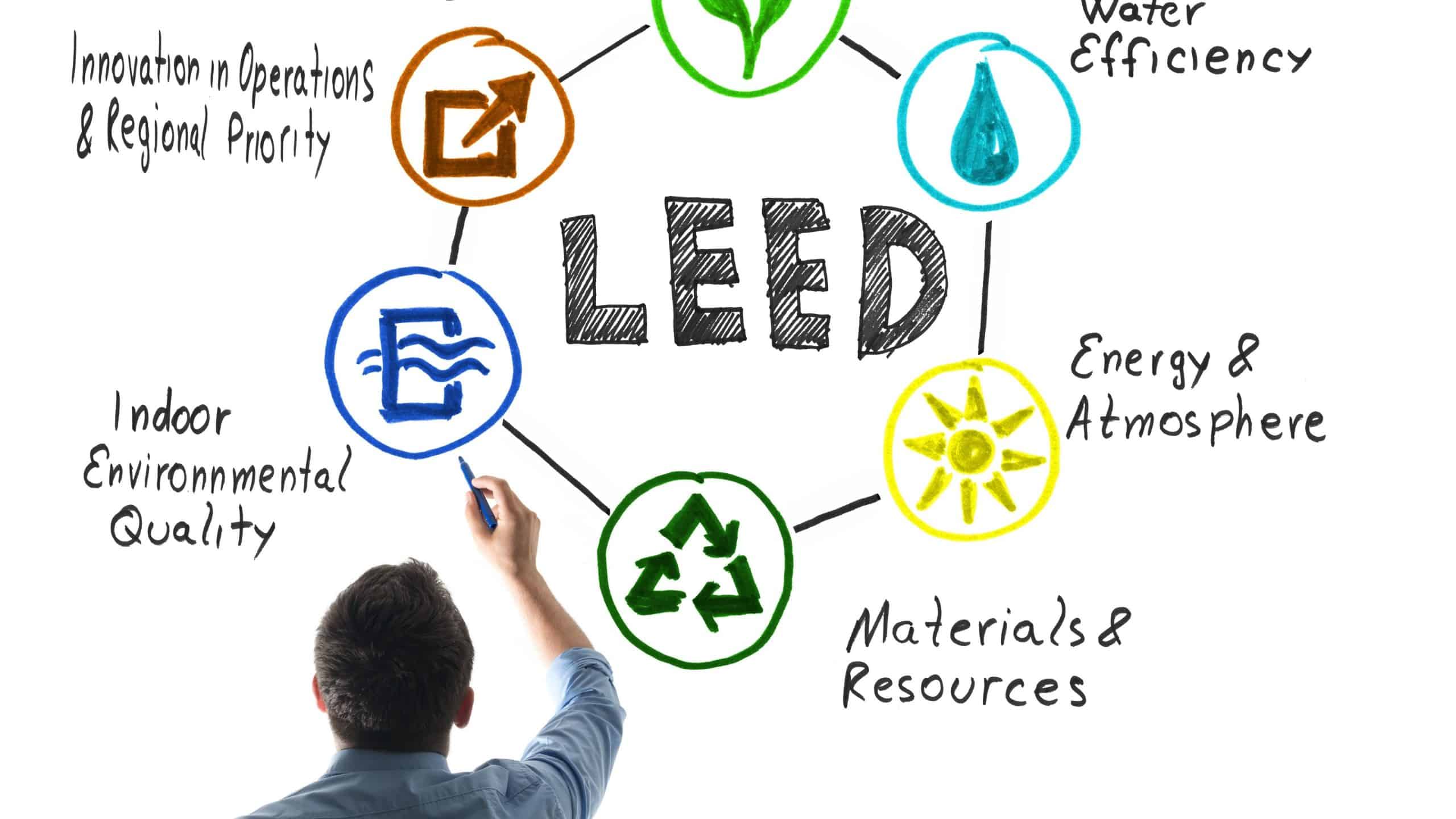


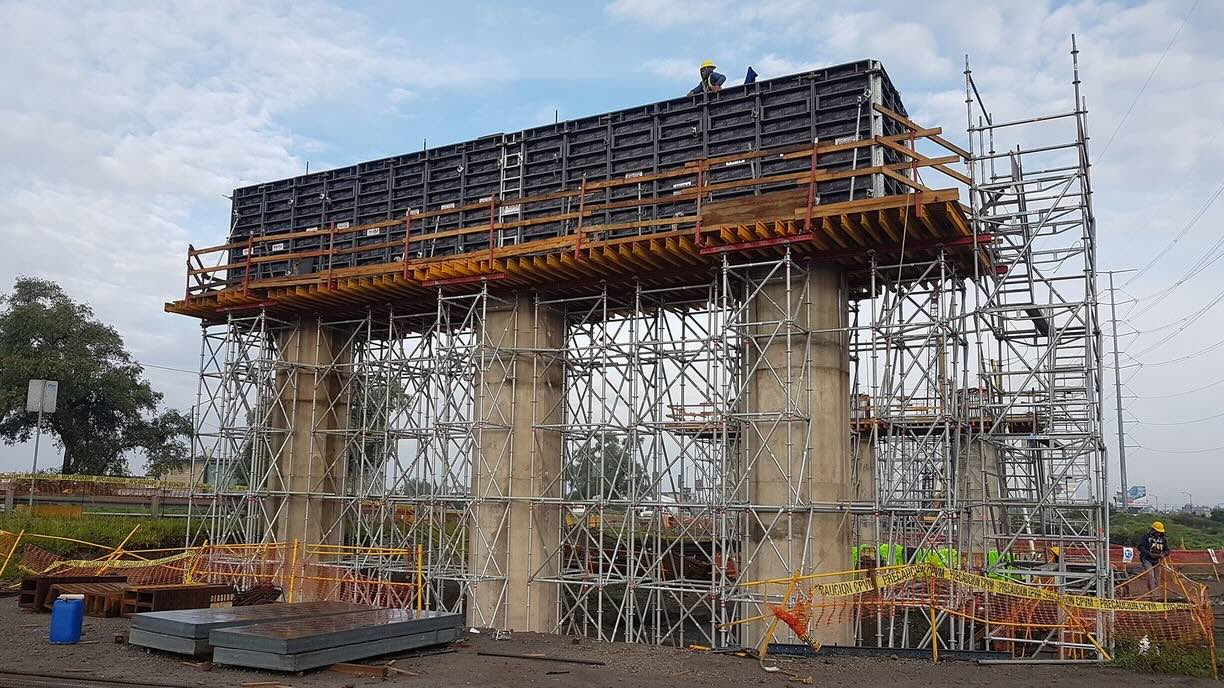

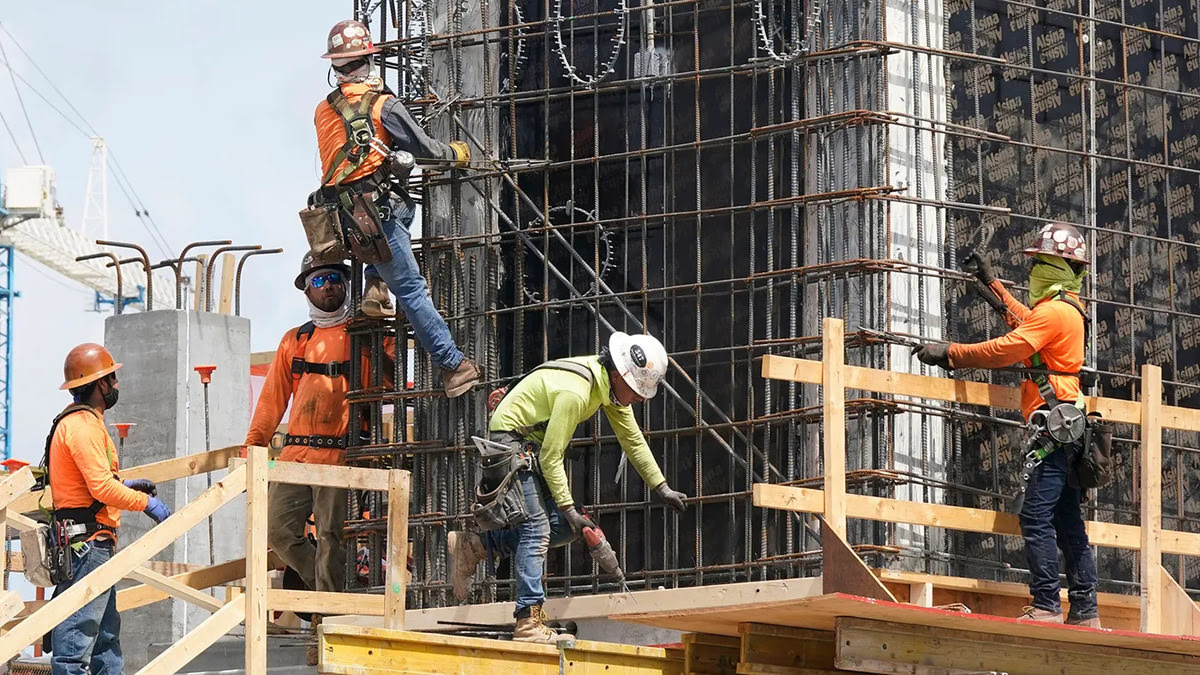

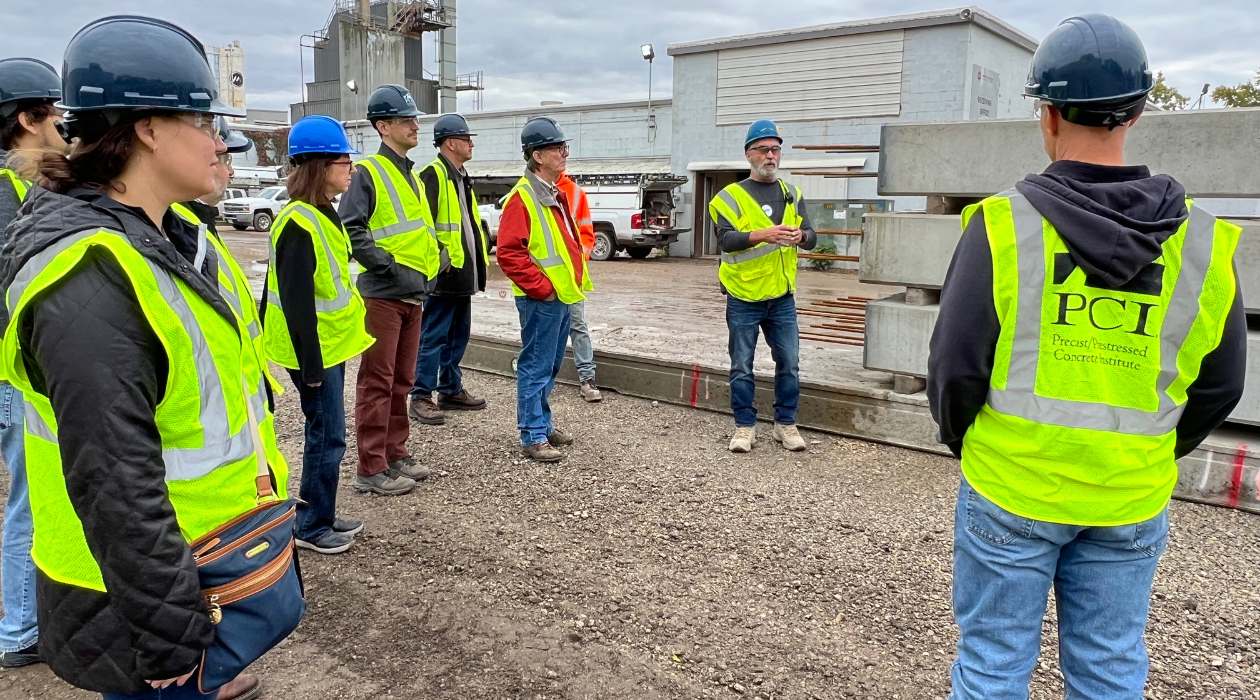


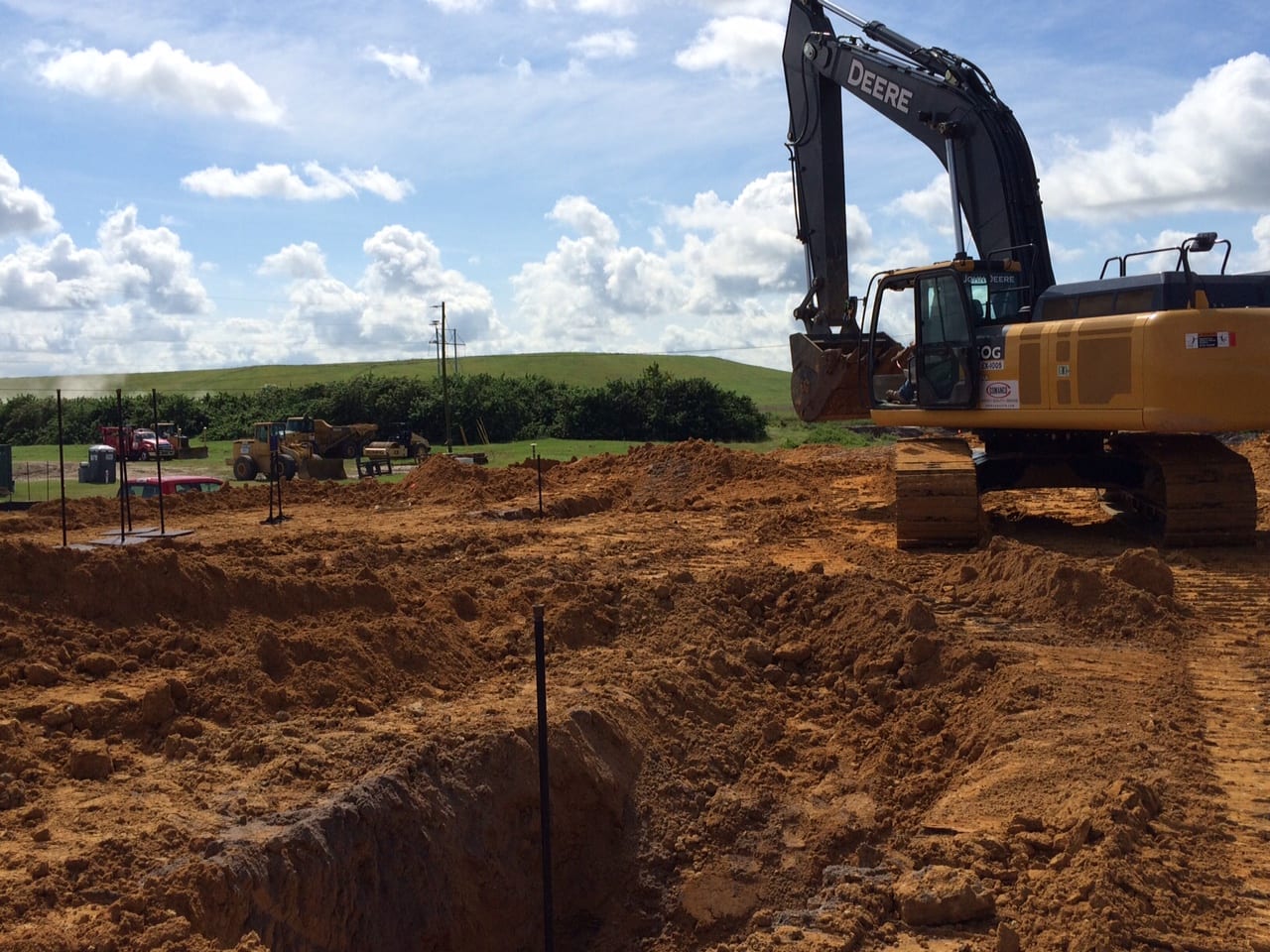
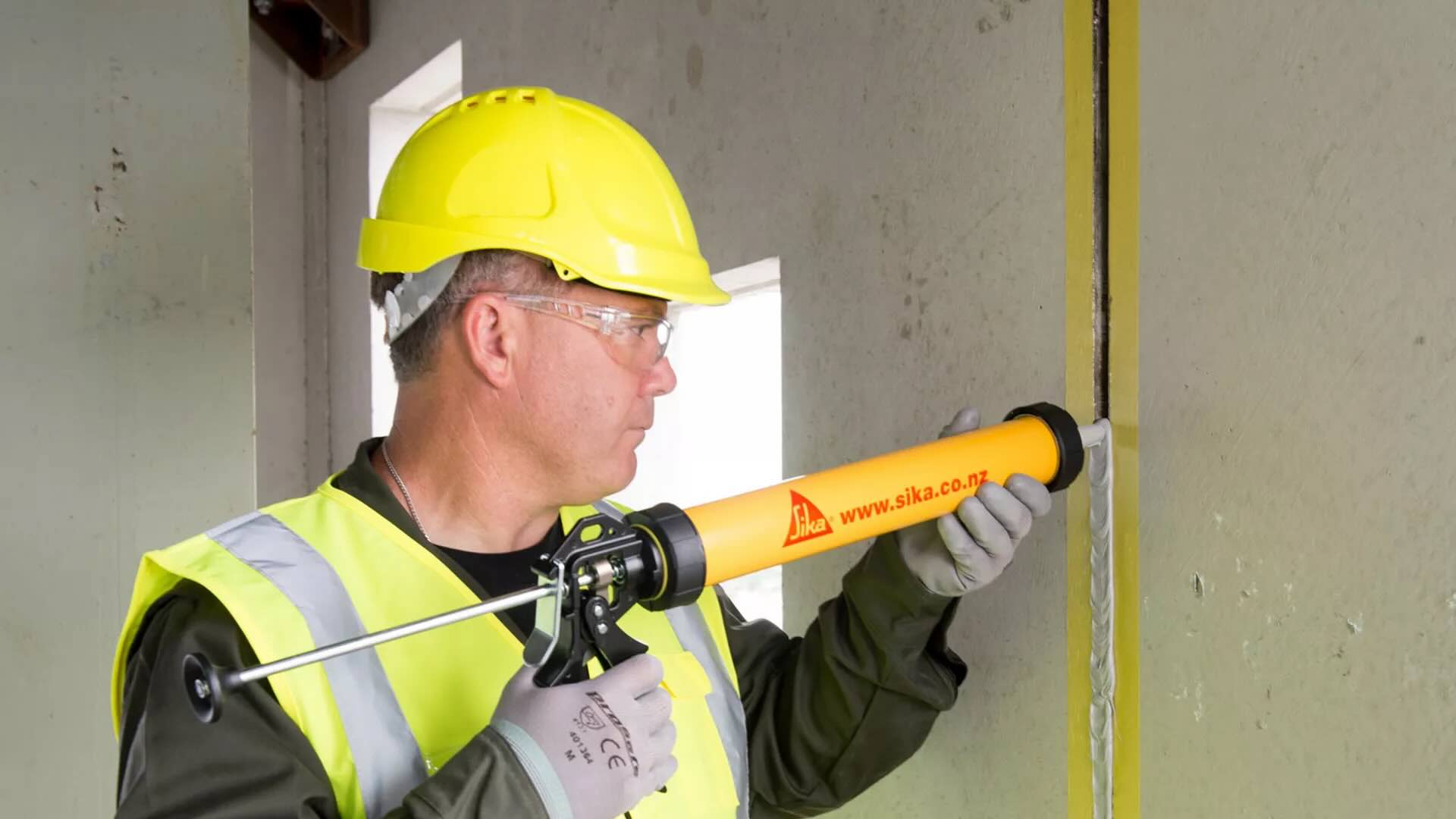



0 thoughts on “What Are Specifications In Construction”